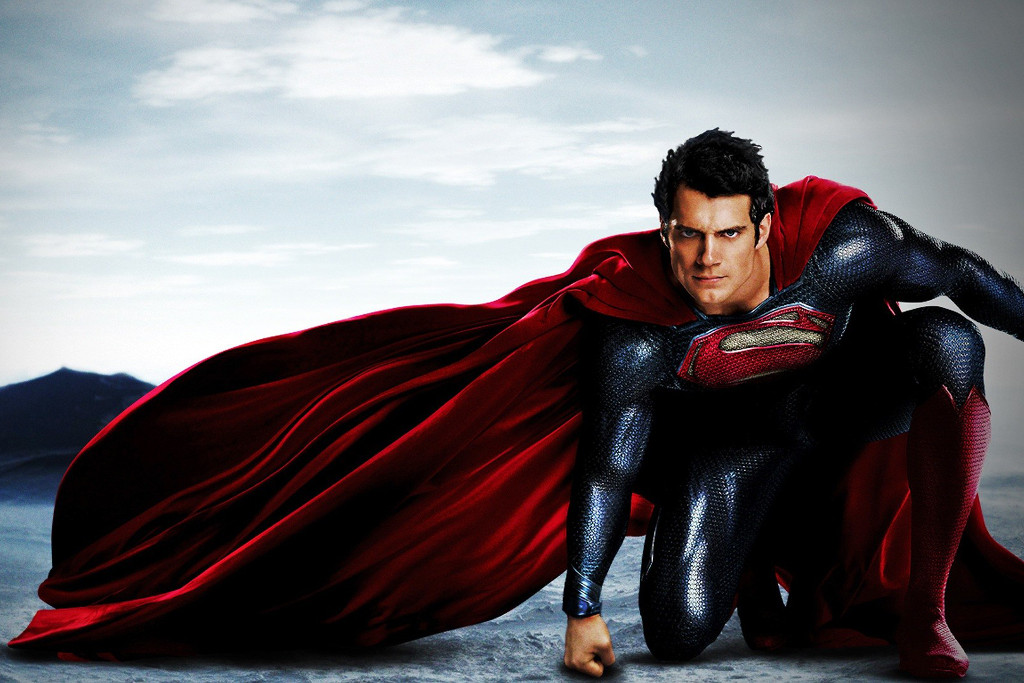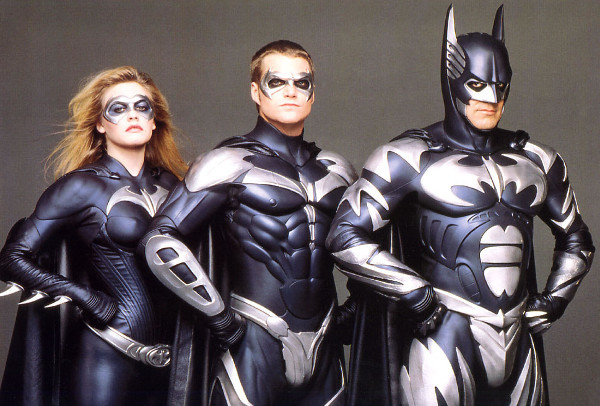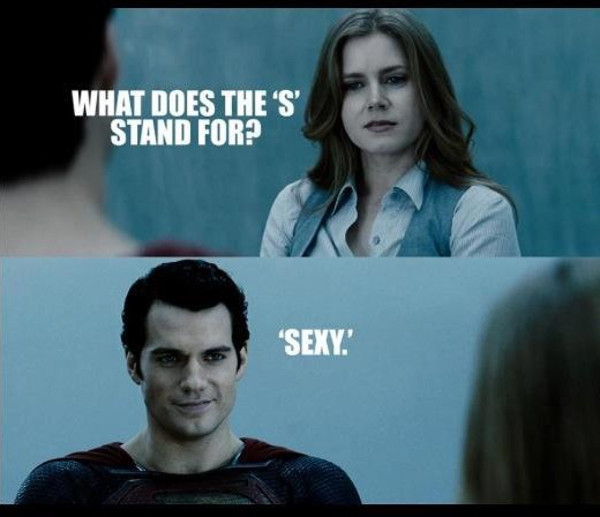Man Of Steel Is Serious With A Capital S
Where does the new Superman movie fit in the comic book film canon?

I was probably the most surprised to find that I am one of Man of Steel’s more generous critics. I feel like I’d become so blasé to Hollywood’s violent superhero fetish that I was destined to be disappointed by the latest incarnation of Superman before it even went into production. I was certainly less than enthused to see the property rebooted yet again — and this time by Zack Snyder of 300 (2006) and Sucker Punch (2011) fame — especially after the bungled effort that was Superman Returns (2006), although, in all fairness, it was mostly the casting of Kate Bosworth as Lois Lane — a Pulitzer Prize winner who asks, “How many Fs are there in catastrophic?” — that did that film in.
Maybe it was those lowered expectations, but I did enjoy Man of Steel. It certainly didn’t hurt having a pack of girls nearby oohing and aahing every time the ridiculously handsome Henry Cavill made googly eyes at Amy Adams, who takes over the role of Lois. It reminded me of the days when female friends at primary school would blush over Dean Cain in Lois & Clark: The New Adventures of Superman.
My, how times change. Man Of Steel finds itself arriving in cinemas at a curious time. Gargantuan budgets have made success not just a necessity for its makers (Brandon Routh has a word or two to say about that from whatever direct-to-DVD movie set he’s hiding on), but also more difficult to attain than ever. So desperate to appeal to as broad a segment of the public as possible, these movies take bits and pieces from predecessors and rarely develop anything new. What can we learn about superhero movies in 2013 by looking at Man Of Steel?
–
Retro is out (except for Jesus)
Watching Superman: The Movie (1978), it’s quite clear that it comes from a more innocent time. A time when the Academy Awards didn’t even have a permanent visual effects category (it won a ‘special achievement’ award) and America needed a patriotic pick-me-up rather than an analytical dissection of their obsession with war and violence. Since then the ‘aw shucks, gee whiz’ factor that make The Rocketeer (1991), Dick Tracy (1990), and even The Phantom (1996) such wonderful fun has all been erased. Superman Returns attempted to bring it back, but unless Christ and 9/11 iconography is considered suitably ‘retro’ to modern audiences, Man Of Steel avoids it at all costs.
–
Camp is out (except when it’s not)
Joel Schumacher did his very best to turn modern-day fans off any potential revival of the camp beginnings that propelled the Batman and Superman characters to onscreen success. His much maligned Batman & Robin (1997) and, to a lesser extent, Batman Forever (1995), put the kibosh on that franchise until Christopher Nolan’s reboot (we’ll get to him soon). Thankfully, Kenneth Branagh showed up to make his Thor (2011) adaptation for Marvel a goofish good time, full of ludicrous costumes and cities made of gold, plus a genre-twisting male gaze. Russell Crowe appears willing to go there in Snyder’s film, deliciously swaying his arms about and trying to have a devilish good time in the part of Supes’ dad, Jor-El, but Michael Shannon’s General Zod is entirely humourless. The film is Serious with a capital S.
–
Dark is in (unless it’s too dark)
Tim Burton caused a storm with Batman Returns (1992) by ramping up the violence and grotesquery with one hand and selling toys in McDonald’s Happy Meals with the other. Featuring arguably the greatest performance ever in a superhero film — Heath Ledger’s Joker takes a back seat to Michelle Pfeiffer’s Catwoman every time — it helped spawn a generation of superhero flicks that pushed the envelope of violence and destruction to the ratings board’s limit. Man Of Steel goes to some dark places — notably its irksome use of September 11 imagery in the climax — but infuses it with enough Instagram-filtered flashbacks of Americana to not venture anywhere too dark.
–
Male brooding is in (but maybe not for long)
Man of Steel doesn’t immediately feel like a Zack Snyder film. Gone are (most of) his worst habits, shoved aside in favour of producer Christopher Nolan’s grey-toned earnestness. His Batman films ushered in a wave of superhero movies that featured brick house brutes battling internal demons as much as the big baddies. Even films with more vibrant colour palates than Nolan’s trilogy, like Iron Man (2009), The Incredible Hulk (2008), Star Trek: Into Darkness (2013), The Green Lantern (2012), and Spider-Man 3 (2007), featured as many existential crises as they did dazzling action sequences. In Man Of Steel, Clark Kent deals will all manner of daddy issues, mummy issues, intergalactic villainy issues, manscaping issues…
Perhaps the ambivalence from critics and some audiences to Man Of Steel’s wham-bam-biffo take on Superman will lead to a re-appraisal of the genre. As much as I enjoyed Snyder’s take on the material, I can’t help but wish some of the endless stream of Hollywood blockbusters would lighten up. Perhaps after Joss Whedon’s The Avengers (2012) audiences are looking for something with its hair let down rather than angst-ridden gritted teeth. Maybe it’s time for Dick Tracy to come out of retirement and bring his bright yellow trenchcoat with him.
–
Man Of Steel is now showing in cinemas nationally.
–
Glenn Dunks is a freelance writer and film critic from Melbourne, and currently based in New York City. His work has been seen online (Onya Magazine, Quickflix), in print (The Big Issue, Metro Magazine, Intellect Books Ltd’s World Film Locations: Melbourne), as well as heard on Joy 94.9.

